My Favourite Perennial Companions

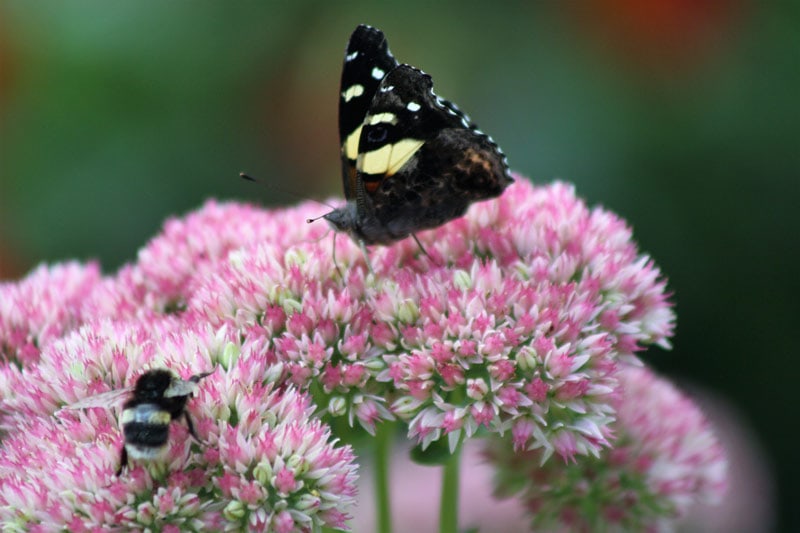
Perennials are the backbone of our garden because they stay put, unlike annuals who pop in and out - even in a no dig garden, every day is moving day - pull a carrot, lever out a leek... In the quiet, undisturbed space beneath perennials, soil life set up home and spread ever outward - lets make good use of this well spring!
Plant perennials around the outside edges of your vegie patch or dot them throughout to increase the health and abundance of your vegies. Perennials steady the ship via the fungal network that extends outwards from their roots, providing a solid, established platform for annuals to plug into, speeding growth 10 fold.
The life that springs from this perennial oasis is key to the overall health of our gardens - more potent than any fertiliser you can buy.
Reap the Perennial Advantage
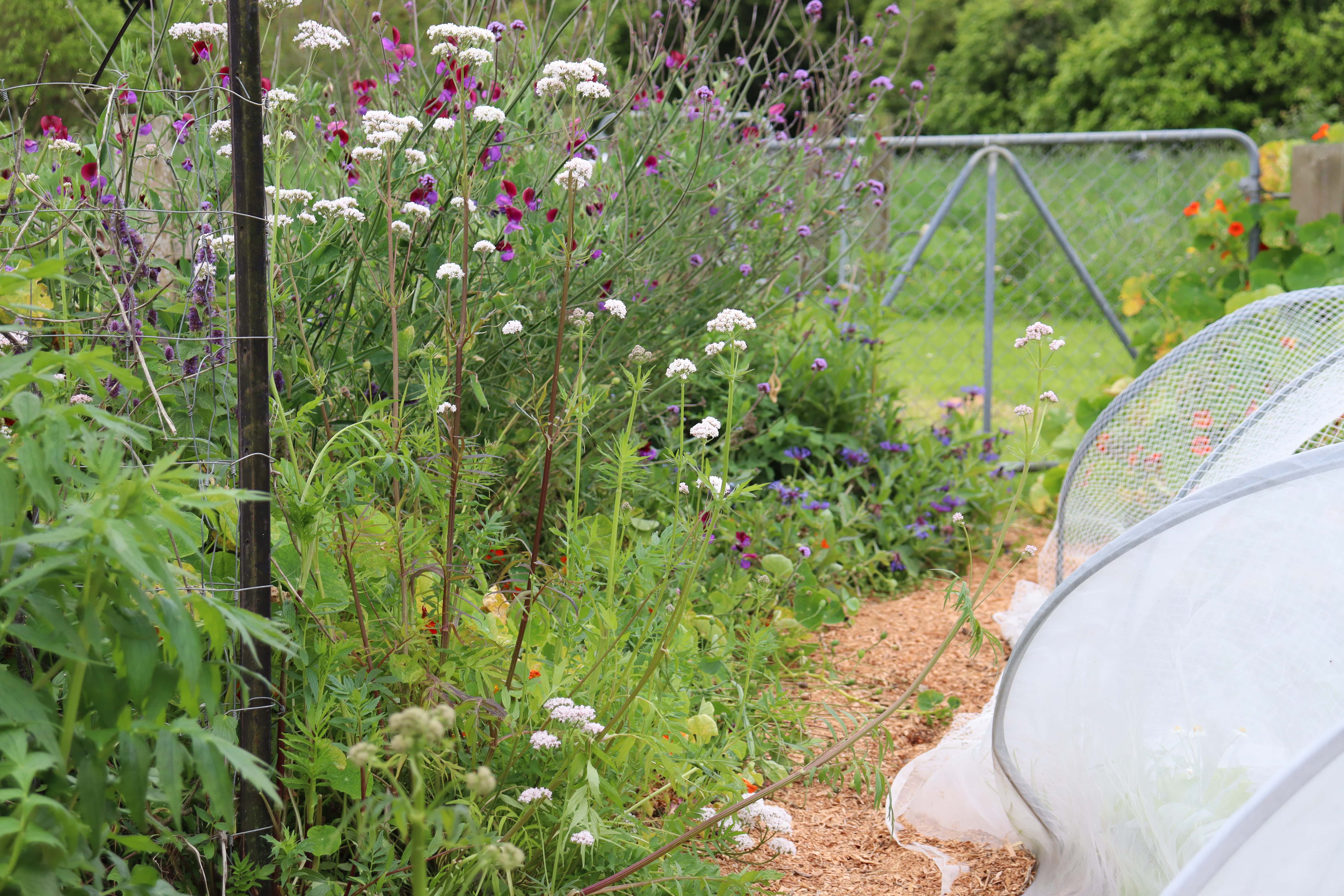
Group perennial companions together around the edges of the vegetable patch.
Use taller stuff on the south, south-east or south-west sides so as not to block the sun. Citrus fit here beautifully as they have high fertility needs like vegies. Fruiting shrubs like black, red or white currants and two dimensional espalier fruit trees are another good fit. So too rambunctious perennial shrubs like pineapple sage, japanese anenomes, globe artichokes, golden rod and lemon verbena.
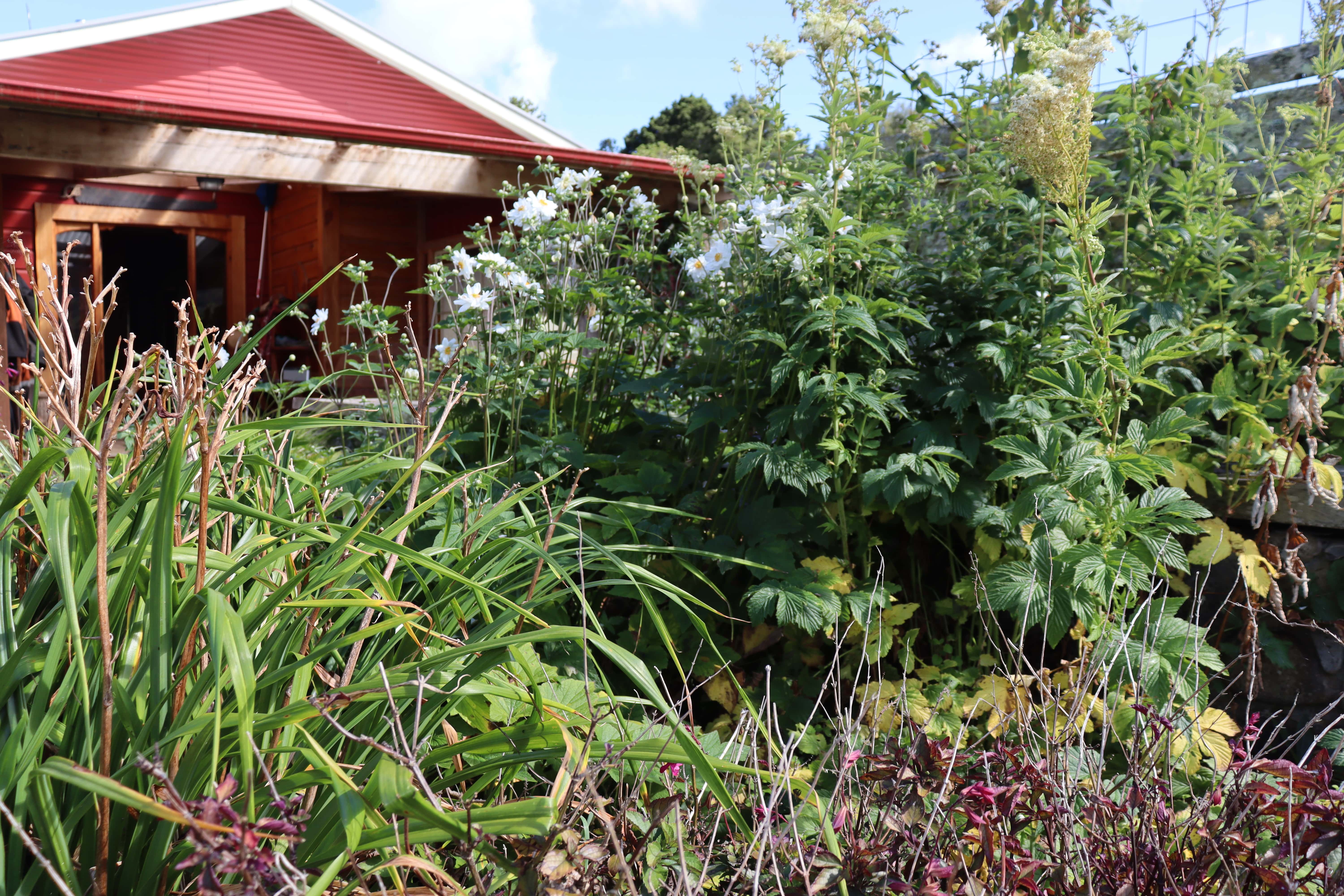
Along the northern edges use lower growing perennials that wont block the all important light!
Aim to have something flowering year round to entice beneficial insects in for pest control and pollination. Choose easy care, long flowering plants like dahlias, hebes, salvias or Mexican marigold. Include plenty of mineral rich herbs like lemon balm or yarrow, add a few pest repellents like welsh bunching onions, perennial leeks, wormwood or rosemary. Add rhubarb, NZ spinach, the herbs you use and some joy with your fav picking flowers + fragrances. Put them altogether and you've got your own personalised perennial companion guild.
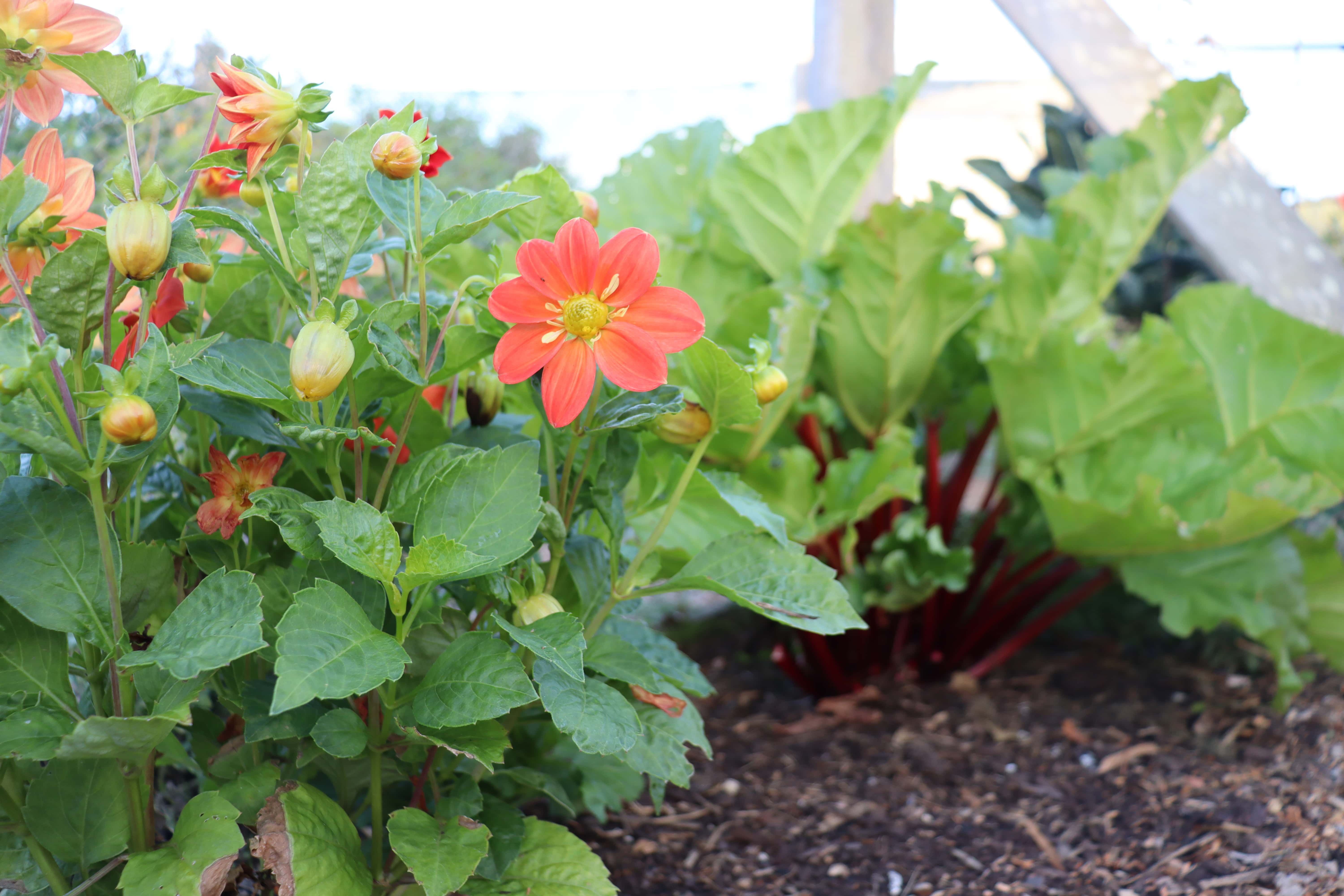
- In small gardens, reap the perennial advantage by locating annual vegetable beds on the north side of a fruit tree or dot them along the front edge of perennial herbs.
- In large gardens add a strip of perennials up the centre of the garden or every three or so beds for example.
Jam these plants in together so they jostle for space and trip over each other, leaving no room for weeds and providing a glorious, constant show of flowers in a small space.
The Key to Success
Choose plants that love to grow in your soil type + climate - heavy clay, sandy, windy, wet, dry... herein lies the key to your success. There are loads of groovy perennials, and a bunch of them will suit your place. You'll work these out over time. Those that thrive and grow easily without fuss are the ones to lean on. Those that die, or grow poorly tell you all you need to know - let them go and try another.
A few of my favs
Here's a handful to get you started.
Lemon Balm
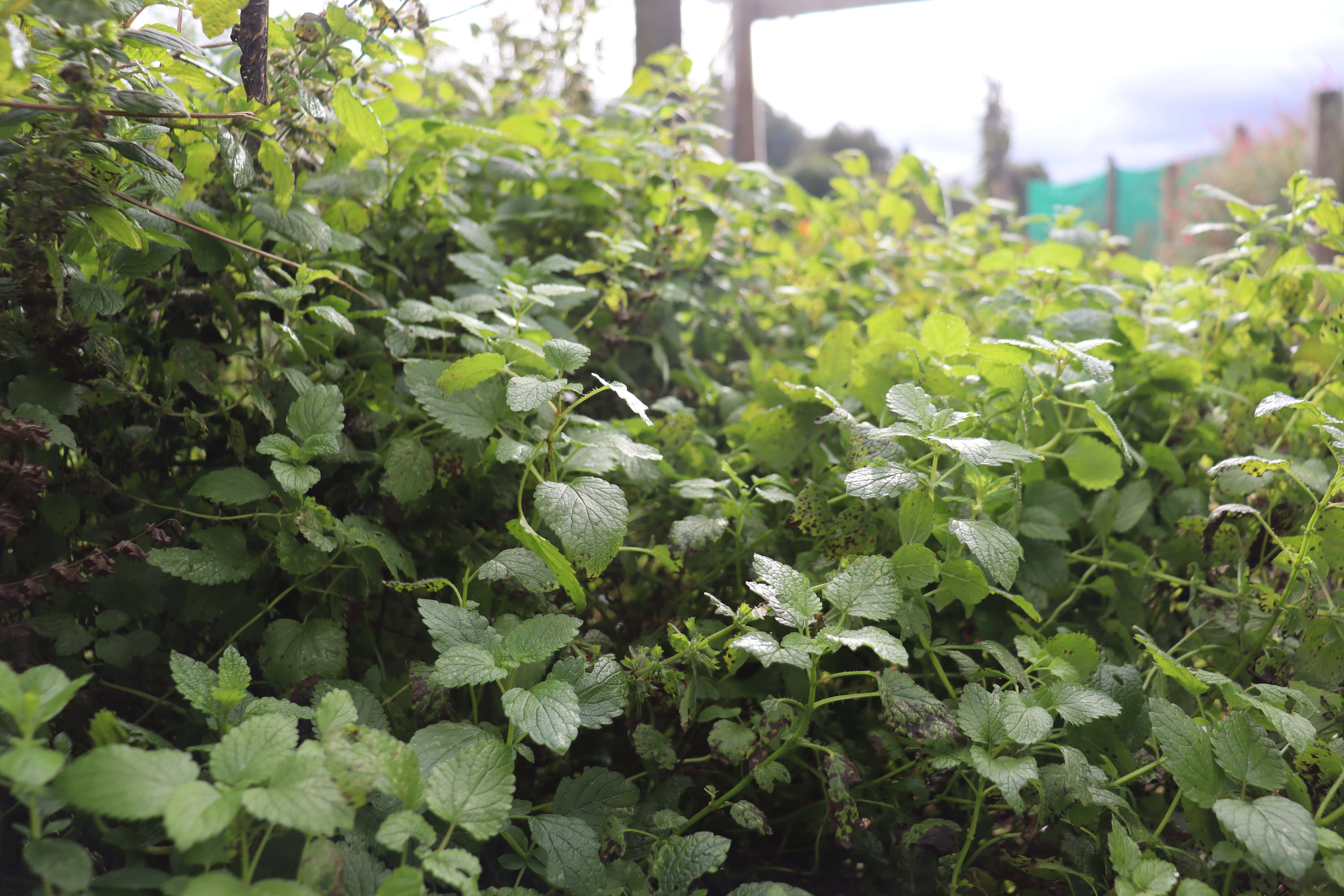
If you've got lemon balm you've got a generous supply of cut and come again mulch pretty much year round. Though she's plain, she's awesome. Lemonbalm has a wonderful dense mat at the base that helps exclude all but runner grasses from entering your garden. Bees love the heady flowers (which is why its also called Bee Balm) that come summer through autumn. You'll love the endless cups of headache soothing tea when ever you need.
Dahlias
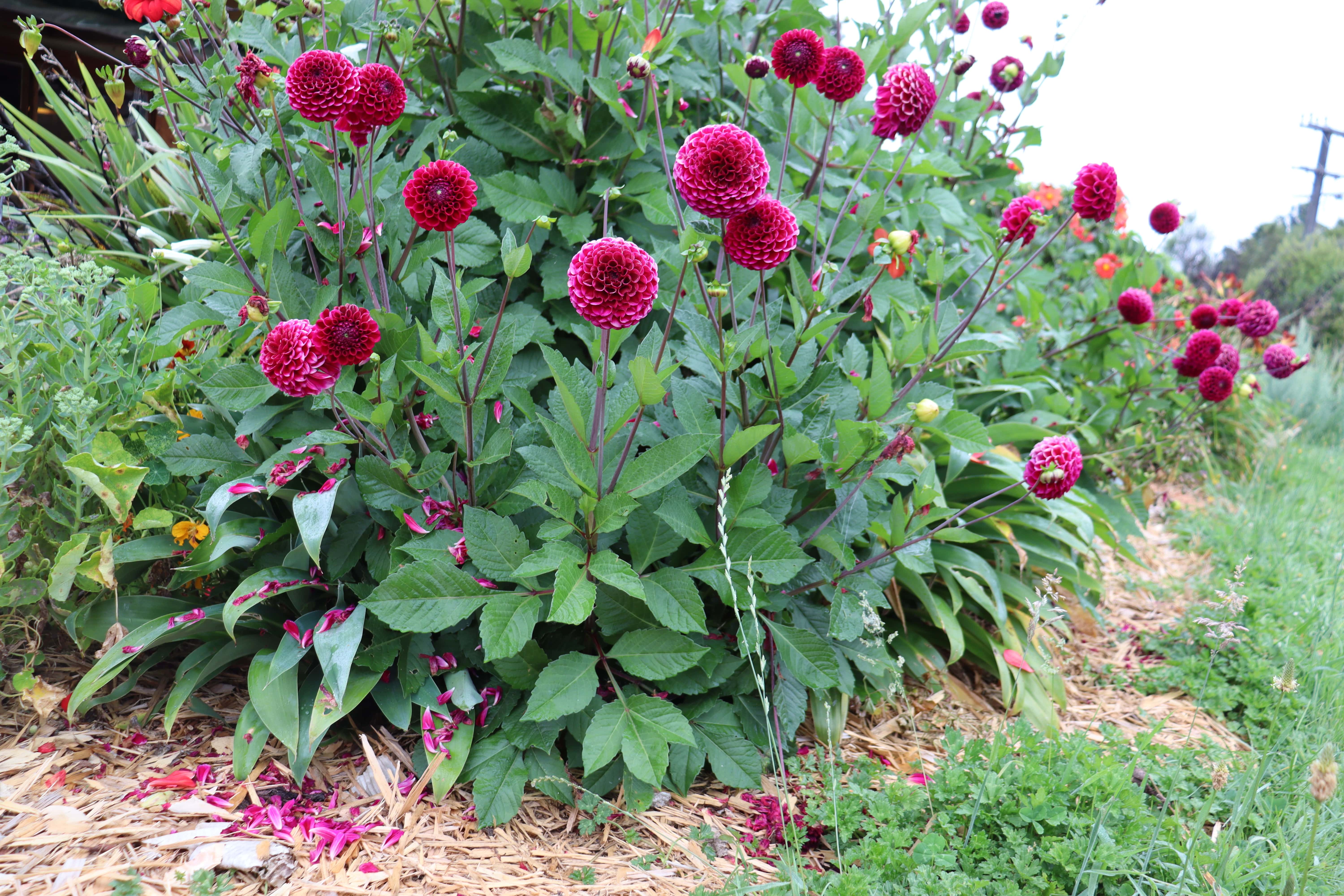
Dahlias are cool - for the bees, butterflies and me. I do nothing to mine apart from crunch the tops down when they finish and dollop some mulch on top. They flower for months and months inspite of zero deadheading and feeding, a sure sign they are well matched to my garden.
Pineapple Sage
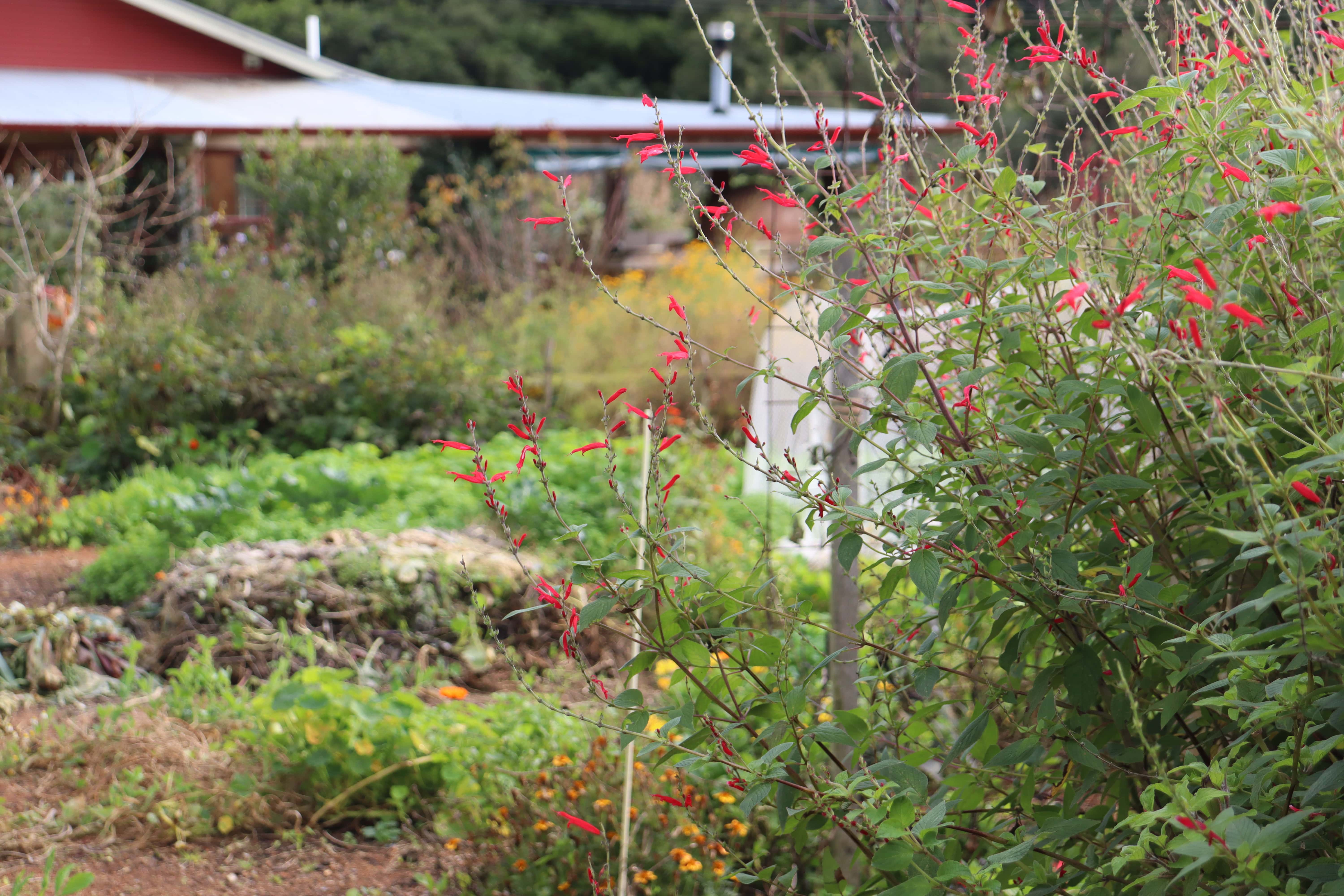
The rock star of the winter garden! Hearty enough to act as a wind shelter and nectar rich for the bees during colder months when there's not much else about. Cut it back to the ground around the edges to stop it advancing too far, and thin out the leggy shoots periodically. Chop it all up as mulch for other perennials. An awesome barrier plant to slow the advance of grass.
Mexican Marigold

Year round, sweet little orangey yellow, star bursts that require nothing more than a spot in the sun. A good bee and butterfly flower + pest repellent. Brings a lovely flavour to water - just pop a flowering stem in your water glass or jug.
Wormwood
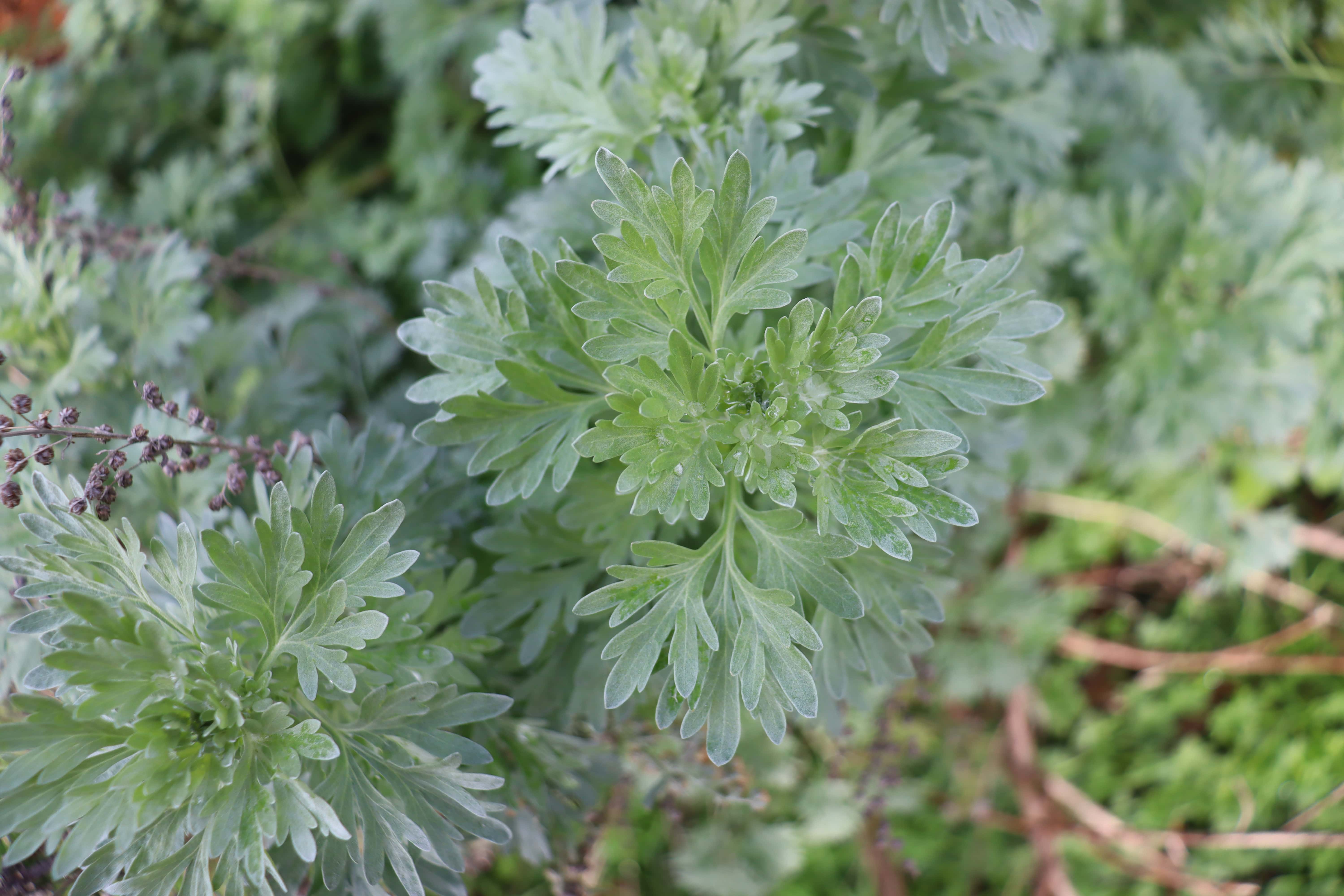
Wormwood is another pest repellent and also fabbo for beating back the grass. It looks blimmin handsome with dark dahlias or roses, both in the garden or in a posie. Plant some in the chookyard to help prevent lice.
Yarrow
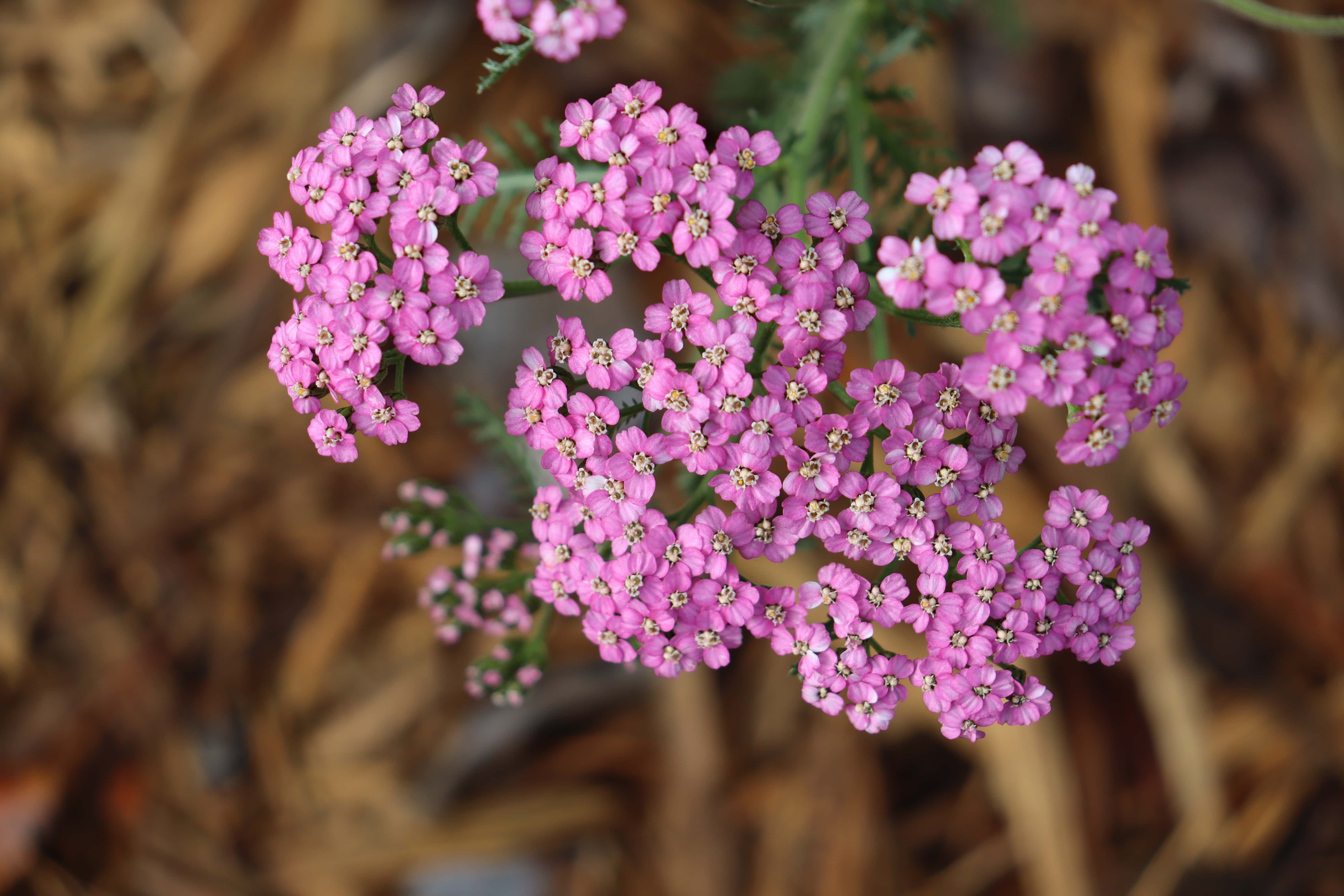
Yarrow is the cat's pjs. Long flowering, easy as and such a cool picking flower. A dense groundcover to beat out grass (though not kikuyu or twitch sadly). Parasitic wasps and hoverflies love the big flat landing pads.
Golden Rod
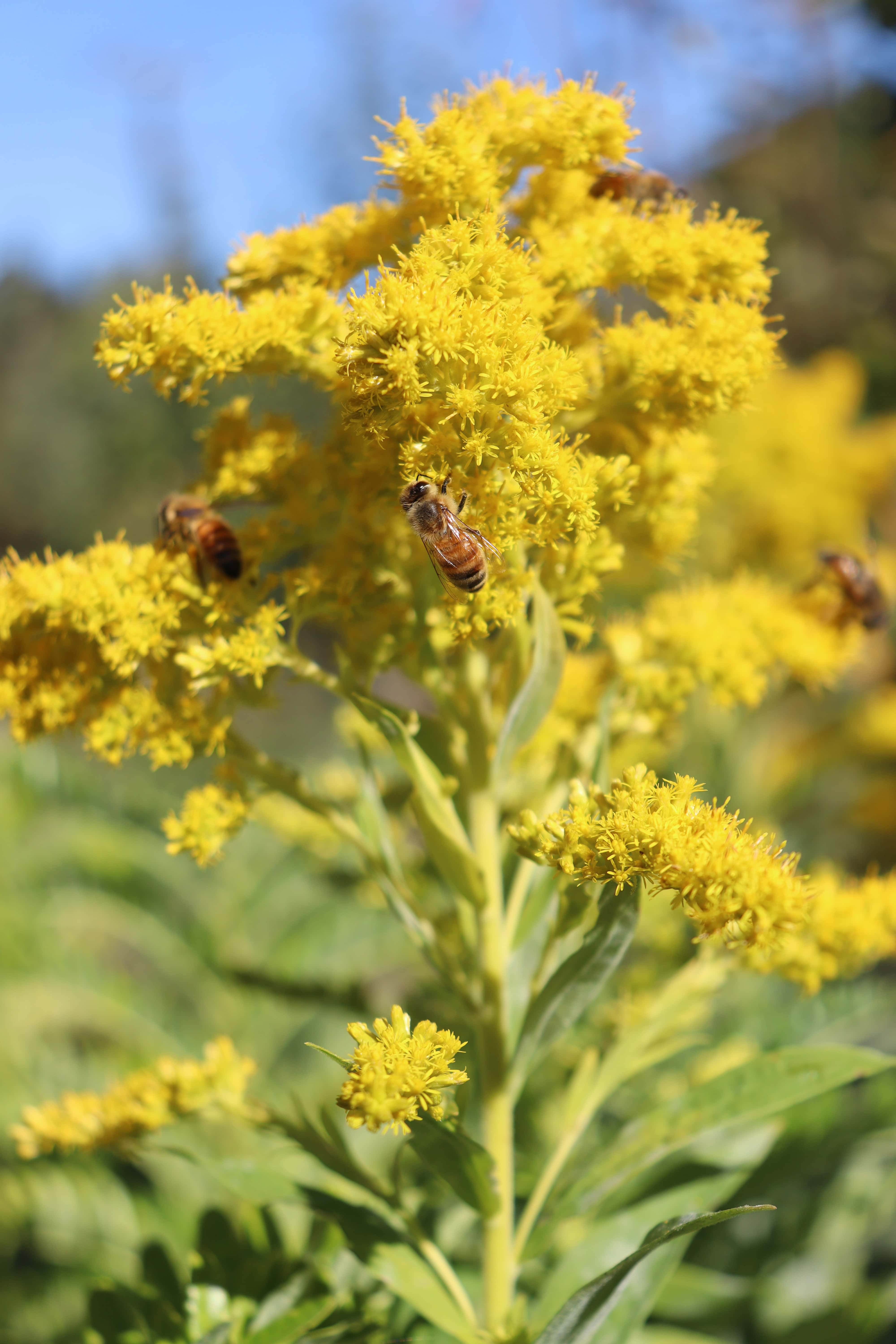
Golden Rod is a stunner - I grow it in the orchard amongst the comfrey and chicory. The bees and butterflies absolutely cover it. It forms a wonderfully dense mat making a good grass barrier.
Perennial Cornflower
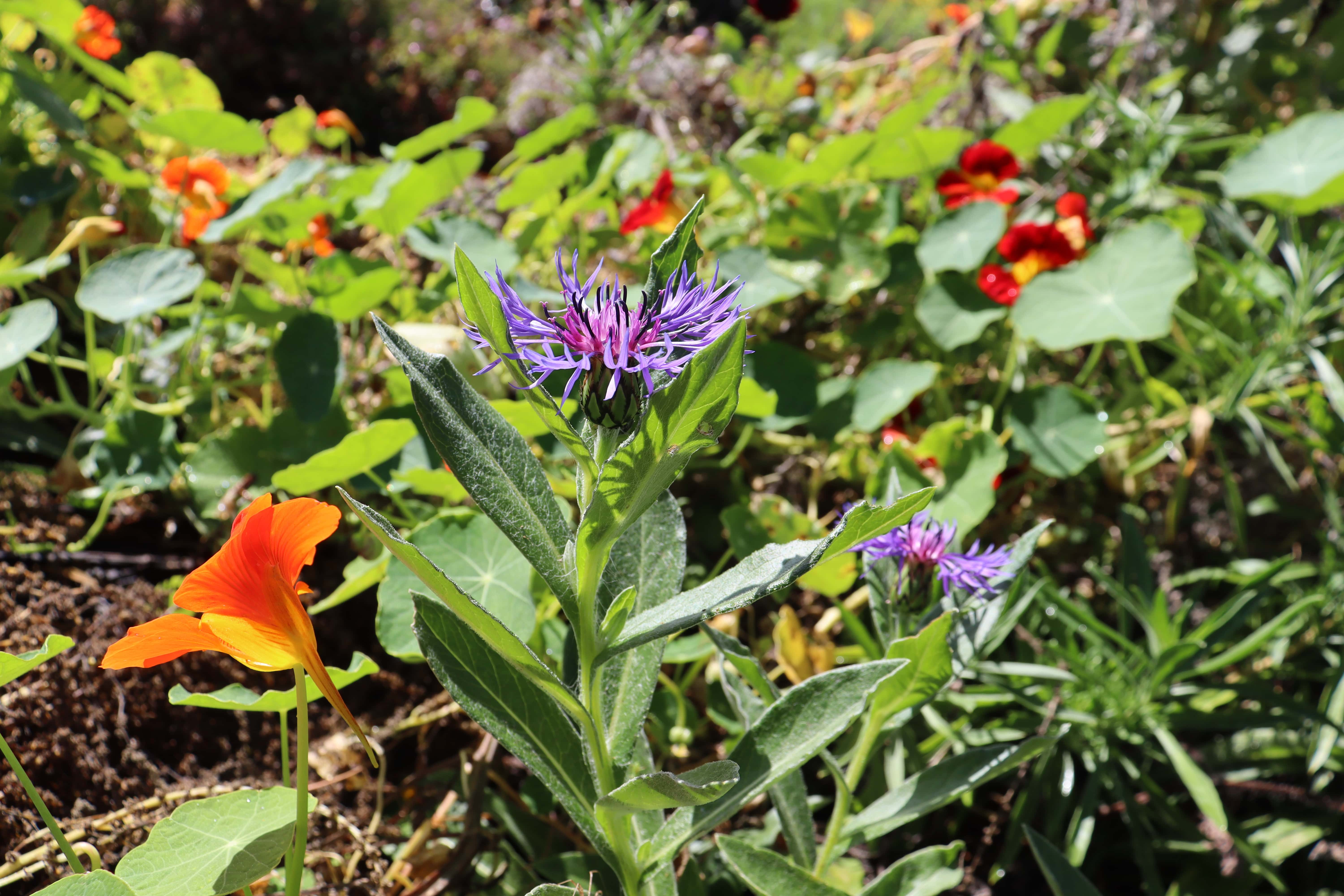
Perennial cornflower is low growing, so needs to be along the front edge. Another dense, mat forming groundcover to beat out grass. Its spiky flowers are always popular.
Daylillies
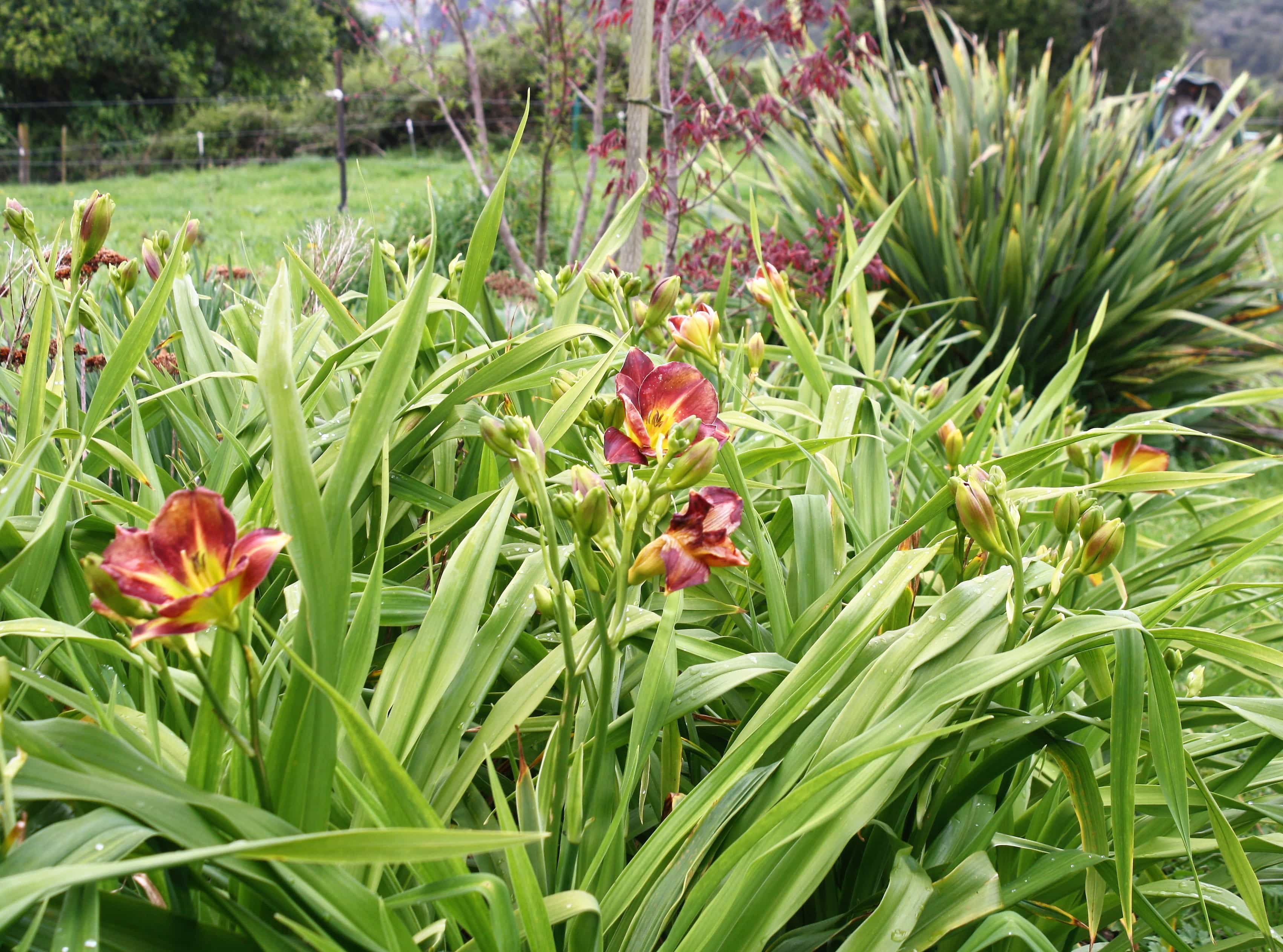
Daylillies are an awesome edge plant where gardens border lawn - simply run the mower beneath! Edible too, though I must confess I've never tried.
More Good Reads
For more extensive plant lists check out these 2 blogs:
https://www.ediblebackyard.co.nz/introducing-guilds/ https://www.ediblebackyard.co.nz/a-planting-plan-to-entice-the-beneficial-insects/
